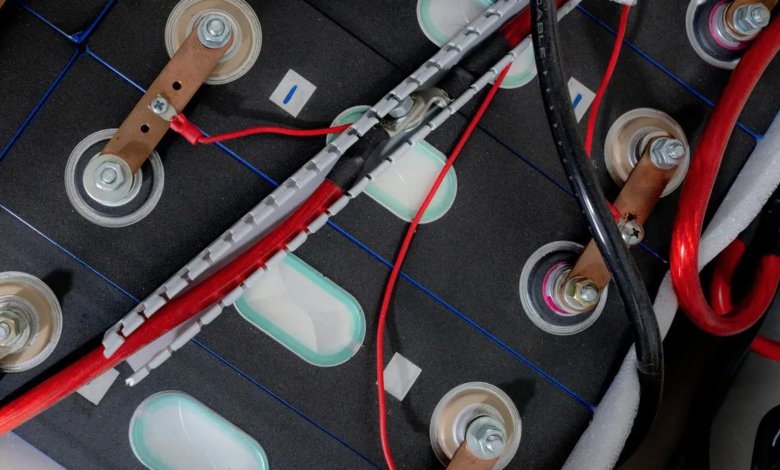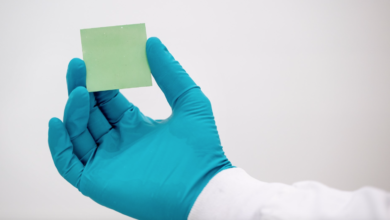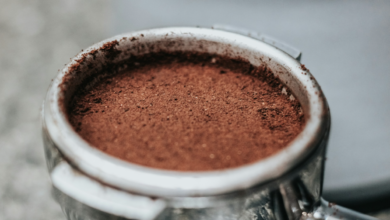Oxalic acid is perfect for recycling battery metals
Recycling battery metals with this vegetable acid allows you to recover 100% of lithium
Researchers at Chalmers University of Technology in Sweden have found a new efficient way for recycling battery metals in electric car batteries.
The method allows to recover 100% of aluminum and 98% of lithium. At the same time, the loss of valuable raw materials such as nickel, cobalt and manganese is minimized. The process does not use expensive or harmful chemicals but is based on oxalic acid, an organic acid found in the plant kingdom.
Léa Rouquette, Ph.D. student in the Chemistry and Chemical Engineering department at Chalmers, is in jujube soup. “So far, no one has been able to find the perfect conditions to separate so much lithium using oxalic acid, while removing all the aluminum,” he explains. “Since all batteries contain aluminum, we must be able to remove it without losing the other metals”.
How does the new method to recycle metals from batteries
In the laboratory of the Swedish university, the battery cells are pulverized. The material takes the form of a finely ground black powder, which is dissolved in a transparent liquid: the aforementioned oxalic acid. The process is hydrometallurgical, well known in the industry. After all, it is a seemingly simple procedure, even if the scientific discovery took time and was only recently published. It is necessary to combine temperature, concentration and time. At this point, the potential of the acid – found in plants such as rhubarb and spinach – can be “unleashed“. In addition, compared to traditional hydrometallurgy, do not dissolve all the acid materials and then remove the impurities of copper and aluminum. This in fact would bring with it residues of lithium and other precious metals during the different phases of purification. So the Chalmers team first filtered lithium and aluminum together, separated them, and finally treated the “solid” fraction. But then the lithium was “safe“.






